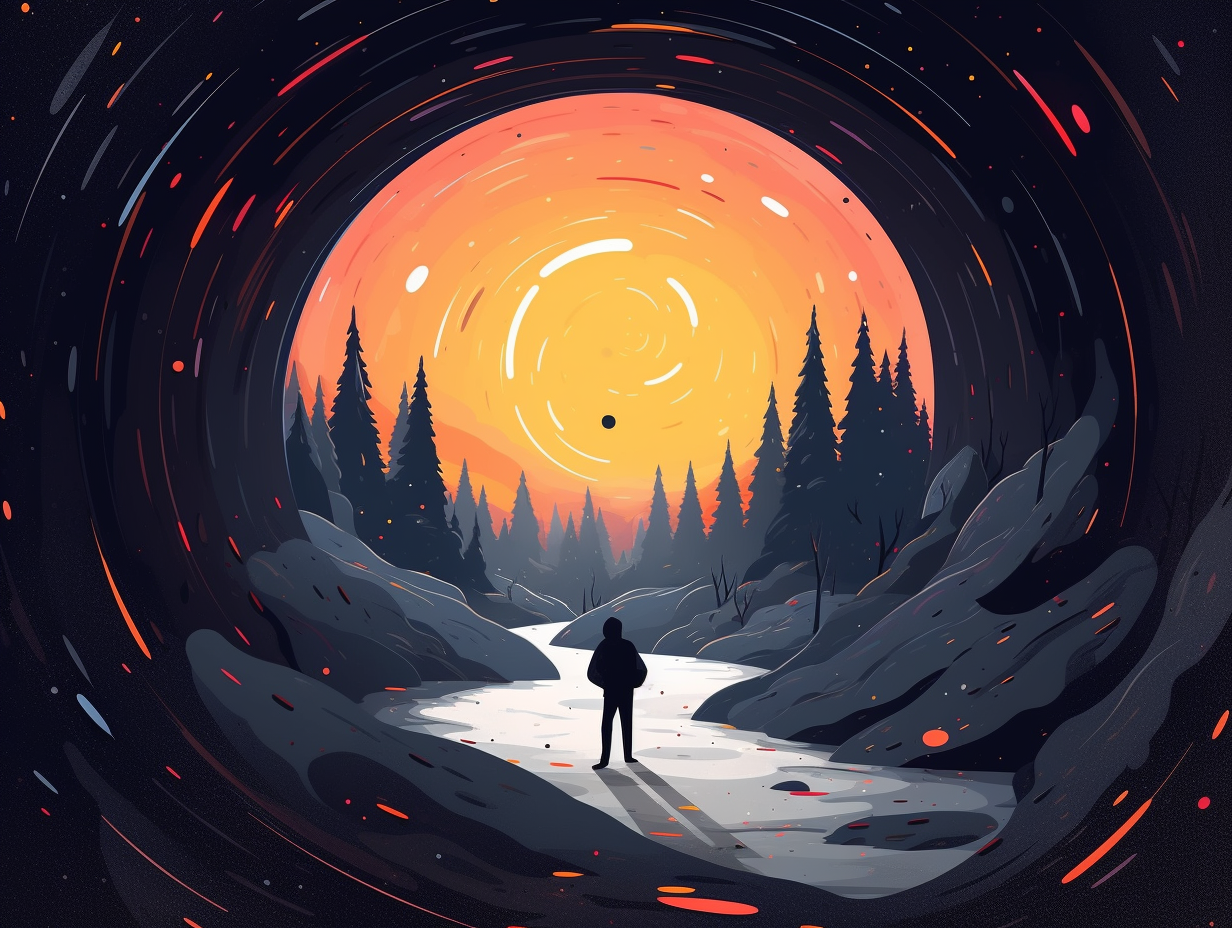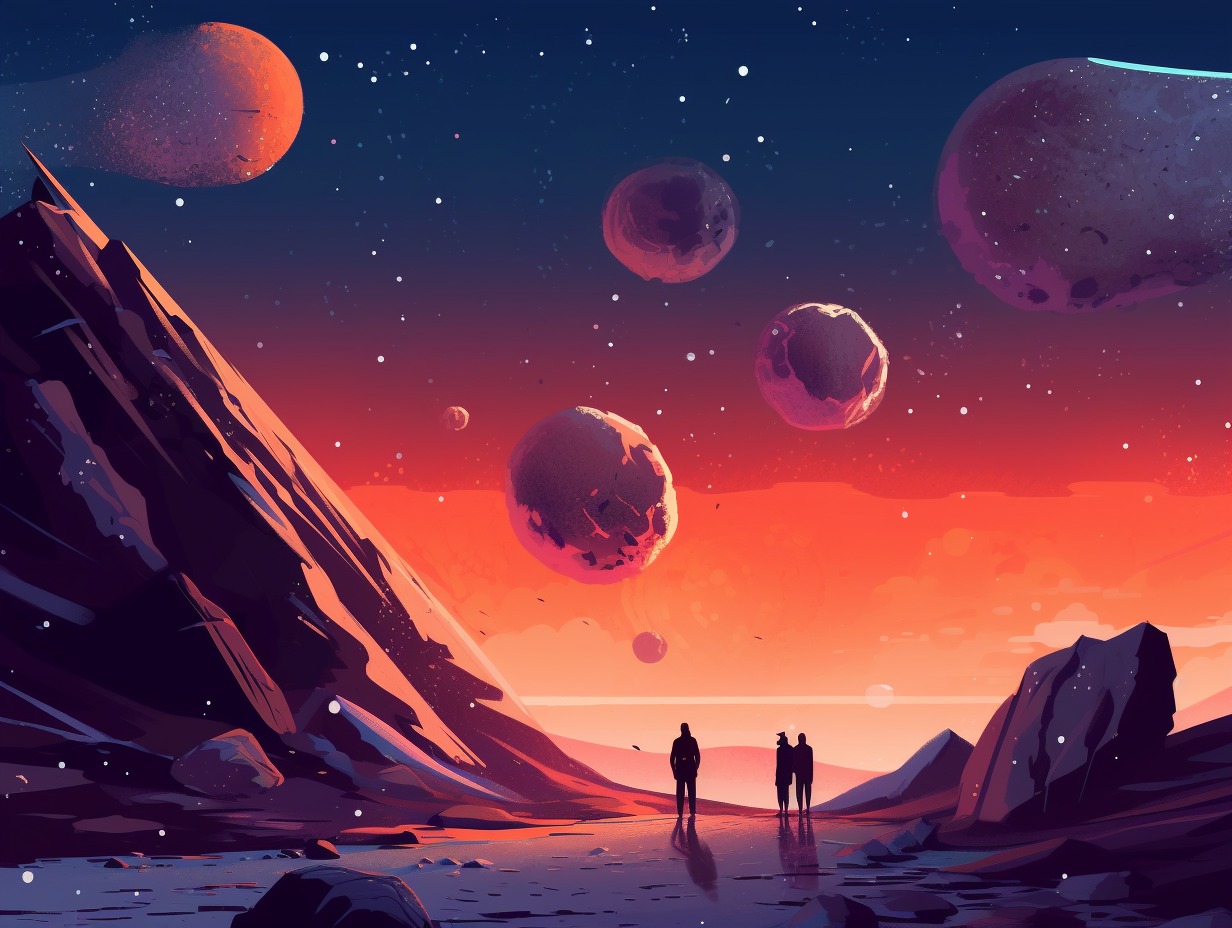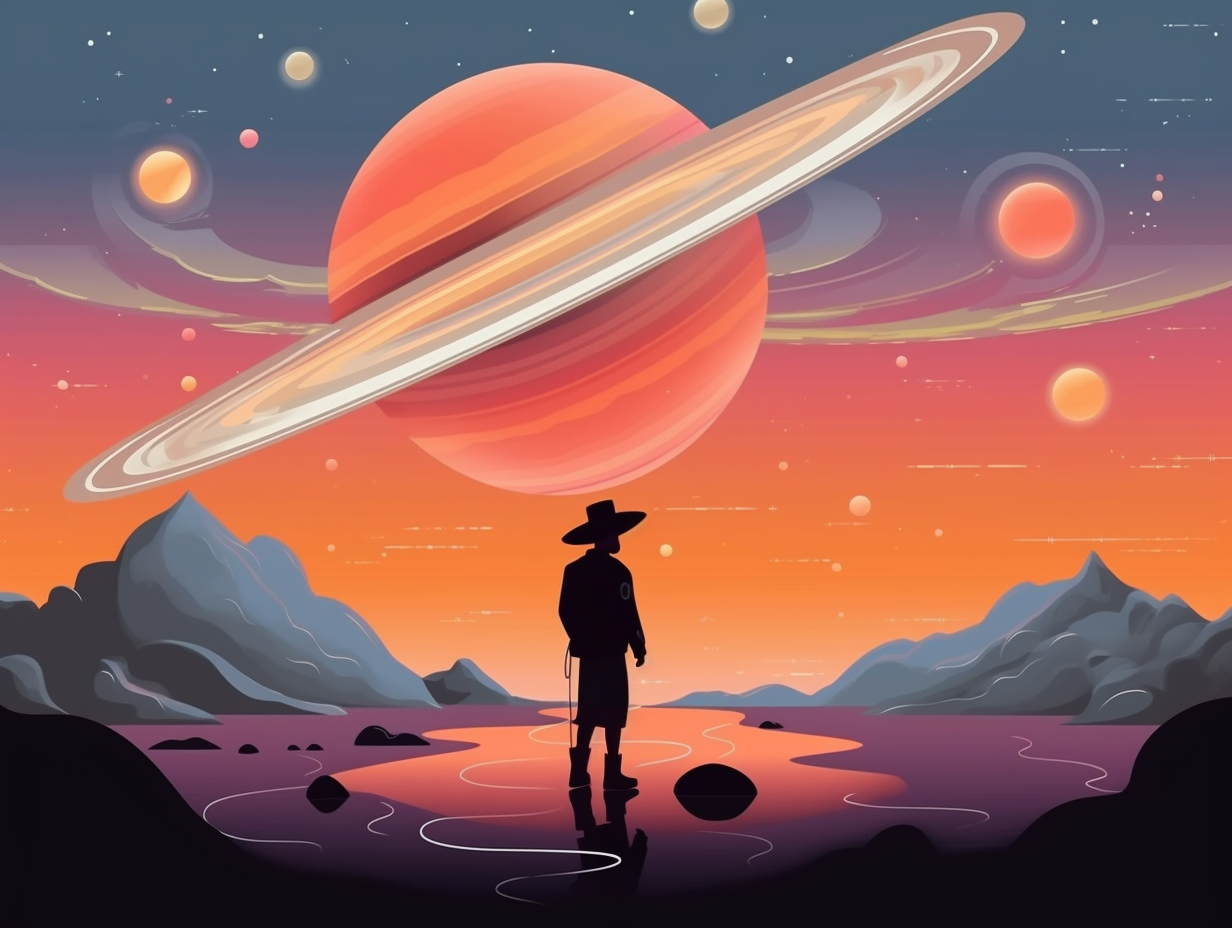Discover the Mysteries: Top 13 Fun Facts About the Black Eye Galaxy You Need to Know!
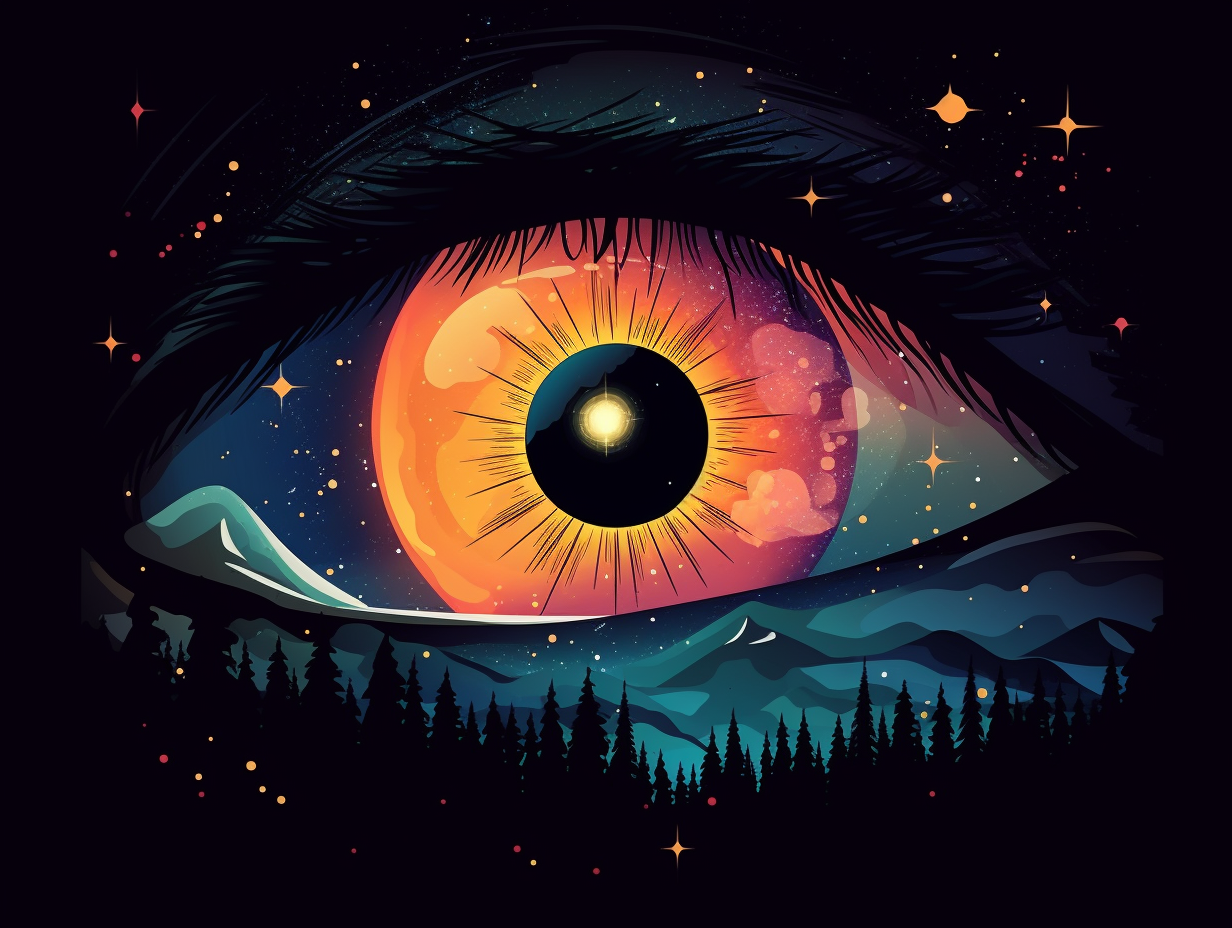
1. Celestial Shiner
Despite rumors to the contrary, the Black Eye Galaxy did NOT get into a bar fight with the Milky Way: it gets its unique appearance from a dark band of interstellar dust that obscures its bright nucleus, creating the illusion of a swollen black eye. This celestial shiner, also known as the Sleeping Beauty Galaxy, is a type 2 Seyfert Galaxy located a mere 17 million light-years away in the Coma Berenices constellation and has a diameter of 16.51 kiloparsecs, making it quite the beauty for amateur astronomers to catch a glimpse of through their telescopes.
Source => en.wikipedia.org
2. Galactic Eye-liner
Galactic eye-liner on fleek: the Black Eye Galaxy flaunts its bold look by sporting a dark band of dust like an interstellar, edgy cosmetic choice. But behind the fashion statement lies the truth: this captivating appearance results from the absorbing dust obstructing its bright nucleus, earning it nicknames like "Evil Eye" and "Sleeping Beauty."
Source => en.wikipedia.org

Did you know Andromeda is the Miss Hannigan of galaxies, constantly gobbling up smaller ones? Discover its latest galactic meal that left the Dulais Structure behind!
=> Fun Facts about Galaxies
3. Cepheid Cold Shoulder
In a world where measuring galactic distances often relies on Cepheid variables – the Black Eye Galaxy unexpectedly gives them the cold shoulder, winking at us mysteriously from an uncertain distance: This enigmatic galaxy, despite hosting 100 billion stars, lacks any known Cepheid variables, resulting in distance estimates ranging from 12 to 44 million light years away. Its striking dust lane, however, creates the famous black eye appearance, which serves as a mesmerizing sight for both amateur stargazers and seasoned astronomers.
Source => theplanets.org
4. Cosmic Monday Mishap
If you think you've got a bad case of the Mondays, this galaxy has a permanent black eye to rival even the most tragic Monday-morning mishap: The Black Eye Galaxy, or Messier 64 and NGC 4826, gets its sinister nickname from a dark band of dust that looms in front of its bright nucleus, a feature that caught the attention of astronomers Edward Pigott and Johann Elert Bode in 1779, before Charles Messier officially added it to his list in 1780.
Source => telescope.live
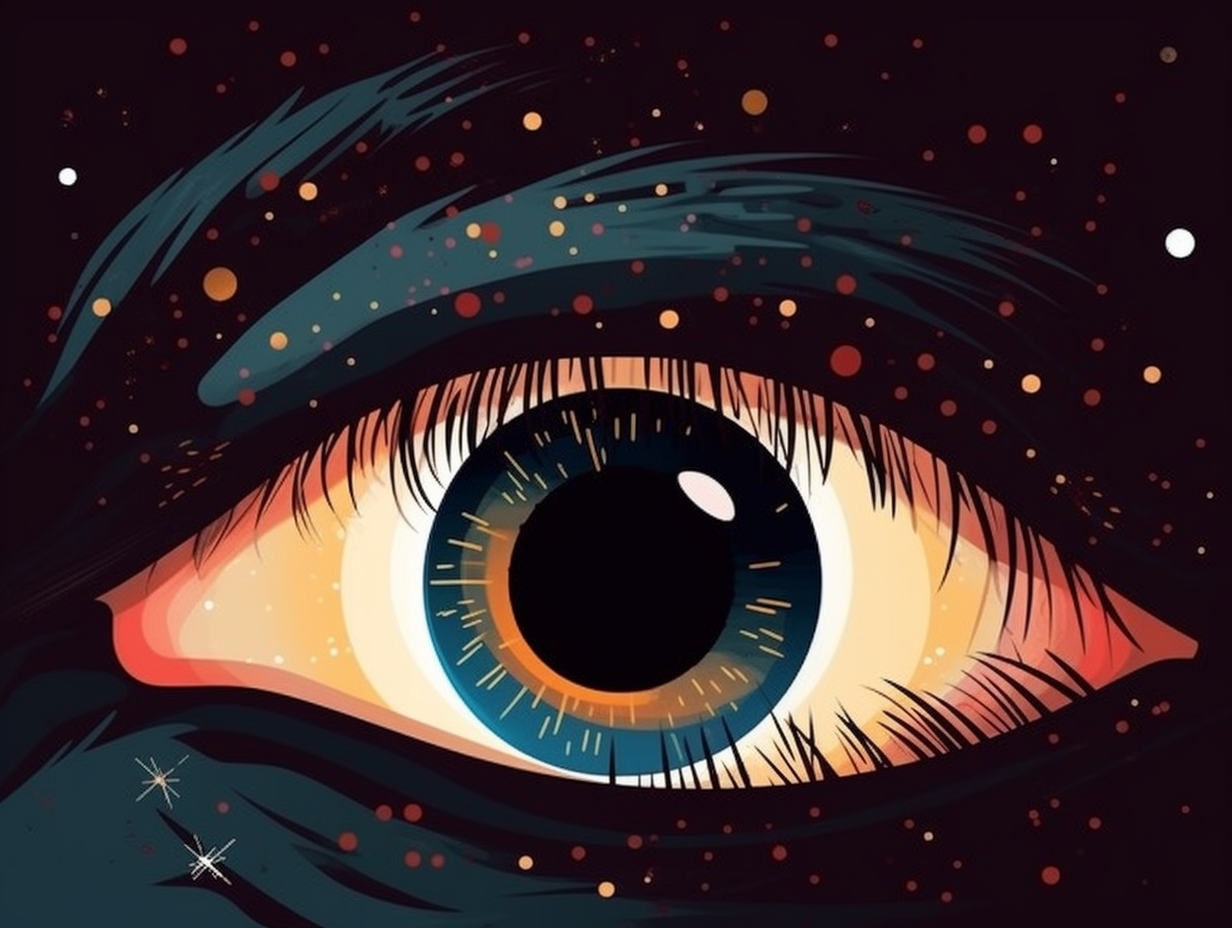
5. Cosmic Mike Tyson
If Mike Tyson were a cosmic entity, he might just be the Black Eye Galaxy: unexpectedly knocking you out with its looks, a celestial bruise circling its core: This gorgeous spiral galaxy sports a dark band of absorbing dust that veils its bright nucleus, giving it an eye-like appearance. The unique formation is due to dust capturing a star's radiation and emitting it on mid-infrared to millimeter wavelengths, while the galaxy also harbors a bar-shaped structure housing millions of stars that influence the motion of celestial matter and triggers a starburst at its core.
Source => scopethegalaxy.com
6. Eye-crasher's Sordid Past
If looks could kill, the Black Eye Galaxy would be a prime suspect with its cosmic "Evil Eye" staring ominously across the universe, hiding its sordid past behind a veil of dark, absorbing dust: This ravenous eye-crasher, born from a cataclysmic collision between two galaxies over a billion years ago, now showcases a bewitching spectacle with a reverse-rotating gas opera, where hot blue stars are born in clouds of pink hydrogen.
Source => hubblesite.org
7. Gas Dancer Tango
Ever been caught in a two-step tango with a dash of cosmic spice? The Black Eye Galaxy has: it's composed of two counter-rotating disks that collide and compress to trigger star formation, especially where these saucy gas dancers meet, giving it a unique flair among spiral galaxies.
Source => constellation-guide.com
8. Multi-directional Indecision
In a cosmic twist of "lefty-loosey, righty-tighty," the Black Eye Galaxy seems to be having a severe case of multi-directional indecision: This peculiar celestial body features two counter-rotating disks of almost equal mass, making it a fascinating point of interest for stargazers and astronomers alike.
Source => en.wikipedia.org
9. Stellar Bakery Cupcake
If the Black Eye Galaxy were a cupcake, it’d be jam-packed with sprinkles and star-studded frosting: Not only does Messier 64 boast a fancy inner disk of molecular gas that's neatly chopped at 2,300 light years radius, but this seemingly still-acting disk is, in fact, a stellar bakery churning out 100 billion glittering star treats!
Source => en.wikipedia.org

10. Galactic Badge of Honor
In a galactic twist on "you should see the other guy", the Black Eye Galaxy wears its shiner like a cosmic badge of honor: This spiral galaxy, also known as the Evil Eye Galaxy or Sleeping Beauty Galaxy, was discovered in 1779 by Edward Pigott and Johann Elert Bode, and by Charles Messier in 1780, sporting a dark band of dust that gives it the appearance of a black eye. Officially dubbed Messier 64 or M64, it resides a mere 17 million light-years away in the constellation Coma Berenices.
Source => en.wikipedia.org
11. Masquerade Winner
If the Black Eye Galaxy attended a celestial masquerade, it would surely win the prize for "Best Makeup": This galactic beauty's unique "black eye" look comes from a stunning collision of two galaxies, creating a dark band of absorbing dust and a hotbed of newborn stars. Located 17 million light-years away, Messier 64 (its other alias) boasts a backward-gas rotation, proving that even in the universe, opposites really do attract!
Source => hubblesite.org
12. Cosmic Captain Jack Sparrow
If the Black Eye Galaxy were a pirate, it would be a cosmic Captain Jack Sparrow with an interstellar patch of darkness obscuring its sight: This swashbuckling celestial marvel, also known as Messier 64, features a magnificent dark dust lane that blocks light from its bright core and boasts an estimated 100 billion stars whose counter-rotating gas and stars hint at a past run-in with a smaller satellite galaxy over a billion years ago.
Source => messier-objects.com
13. Star-studded Mosh Pit
In a galaxy far, far away, where things go bump in the cosmic night: The Black Eye Galaxy, known for its stellar shiners, has been churning out new stars at the point where gases rotating in opposite directions collide and compress. This star-studded mosh pit is the result of a galactic fender bender that happened over a billion years ago when the Black Eye Galaxy absorbed a smaller celestial counterpart, leaving traces of this epic crash in the form of backward-moving gas at its outer edge.
Source => hubblesite.org
Related Fun Facts




